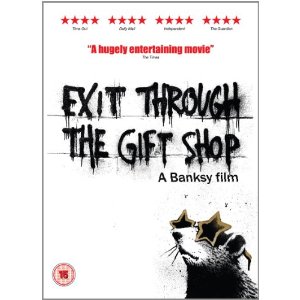Edward C. James 
Edward Charles James, 68, of Wapato, passed away in his sleep on February 4, 2011. He was born at home in Fayetteville, NC, to Eddie James and Lucille Smith James on 4/19/1942, the eldest of four children. Because they were a military family, Edward moved often. In his youth, his parents instilled in him the importance and love of learning. His mother bought him a set of encyclopedias that he read A to Z, and his father took him to historical sites all over the world, fostering his passion for history. He attended Edwards Military Institute in Salemburg, NC. In 1959 Edward went with his father to live in Germany, remaining until 1964. Friendships developed there have lasted his lifetime.
On 6/26/1966, Edward married his cherished Wilaalík, Mary Cecil Johnson. The ceremony was delayed 2 hours until his father arrived from a tour of duty in Korea. After their marriage they lived in Tacoma near the university where they met. His daughter Kirstin was born there and made her stage debut on campus at nine months of age. Her bedtime stories were whatever university text her father happened to be studying, be it Chinese language and culture, Roman army formations, or stage lighting. In 1974, Edward graduated from Central Washington University with BA, majoring in military history with a double minor in anthropology and theatre.
The family lived in Ellensburg from 1973 through 1990, where Edward began his career as a forest warden and then forest fire-fighting crew supervisor with DNR (Department of Natural Resources), continuing until his retirement in 2005. An expert in martial arts from his military training, Edward also trained in karate starting in 1975, eventually achieving a black belt, after which he founded the Kittitas County School of Karate and taught Doshinkan and Shudokan Karate-Do. Moving to Wapato in 1990, Edward became active with friends he met in the Yakama Nation. As one of Virginia Beavert’s first students at Heritage University, he learned to speak the Yakama dialect of the Sahaptin language, and eventually taught classes. Edward was an associate member and Historian of the Yakama Warriors Association and the Marine Corps League. He took these commitments extremely seriously and considered it a true honor to be associated with these groups and share his knowledge of military history.
Edward is survived by his parents, 1st Sgt. E.8. Eddie and Lucille James of Puyallup; his beloved wife, Mary James of Wapato; a daughter, Kirstin James of Wapato and Manchester, England; two brothers, Robert James of Orting, and Larry James of Puyallup; a sister, Susie Vinson of North Carolina; longtime, close family friends Dick and Ina (Opp) Forward of Munich, Germany; and a large extended family and many friends both here and abroad. Edward’s larger than life presence and laughter will be missed by all.
The family suggests that remembrances in Edward’s honor may be made to Yakama Warriors Association’s Scholarship Fund or to the Marine Corps League for service projects.
Edward C. James Funeral Services: February 8, 2011; Order of Service
1. Tony Washines Seven Drums Ceremony
2. Victor Wood Coordinator of Service Eulogy and Comments for Yakama Warriors
3. Ed Falter Comments for Marine Corps League Washington State Commandant
4. Loren Corpuz Yakama Warriors Bugle: Battle Hymn of the Republic
5. Dr. Virginia Beavert Beloved Friend and Sapsikw’ala
6. Susie Vinson, First Family Speaker; Larry James, Second Family Speaker
7. Ed and Sue Rousculp Comments from Friends
8a. Military Honors Yakama Warriors Association and the Marine Corps League
8b. Loren Corpuz Bugle: Taps
9. Tom Redfeldt, Yakima-Kittitas Commandant, Marine Corps League: Presentation of Flag to Mother, Lucille James.
10. Invitation to Lunch/Reception; [Open Microphone Time During Lunch/Reception]
11. Mary and Kirstin James: Letter to Beloved Husband and Father
12. Viewing/Departure Loren Corpuz: Bugle: Dixie










